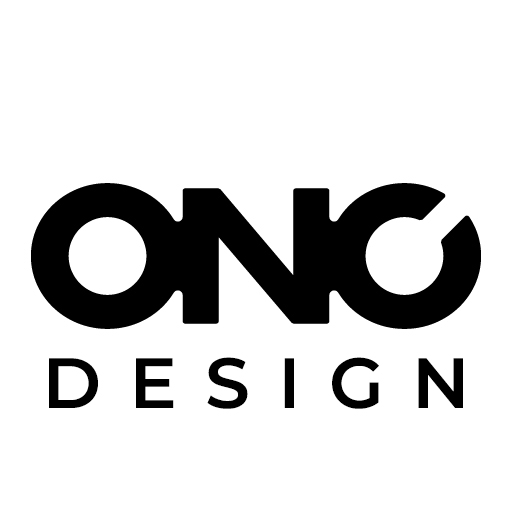
Inspiration versus Innovation
Do you want to be a pioneer innovator that carries great risks and get only 2.2% of your possible innovation value?
Or do you want to be in the category of second mover innovators that could possibly reap 97.8% of the innovation value?
Companies can innovate more quickly by standing on the shoulders of their competitors rather than by constantly starting design from scratch.
Smart companies inspires each other, taking some poorly implemented ideas and making them better.
While some consumers and firms get frustrated with companies releasing similar products, the reality is that a second mover approach potentially results in better products for the consumer.
“If I have seen further, it is by standing on the shoulders of giants.”
Isaac Newton
Smart inspiration
What consumers and companies fail to realise, is that a second movers company is putting pressure on first mover company to innovate to stay ahead of the game. Over time, these two strategies will continue to innovate and differentiate, pushing the other to do better. This is healthy competition, without competition, everything stagnates.
When a product that has been in development for one year can be copied and brought to market in a very short time, first mover advantage has lost its headstart. Where innovation brings new things into the world, second movers spreads them; where innovators break the habits, second movers perfect the new one; and while innovators can win big, second movers often win bigger.
The intelligent design approach facing these conditions, and the best and most efficient route to innovation is not the tempting imitation or copying, but what we call inspiration.
“Bad artists copy, great artists steal.”
Picasso
Smart steps on the road to innovation
Being able to ask the right questions to identify the core issue – identifying the causes and not just the symptoms, look at the market, observe consumers, find the inspirational ideas, convert them, redesign existing components, refine them, improve and optimize them, adapt them, built better, cut to the core, test the ideas and prototyping rather than planning, and make sure to be ethical and respects intellectual property rights.
Design is not about being subtle.
It’s about bringing up the distinctive character of a product and accentuating it.
One of the key design principles of great designers is to make the assets of the product positively stand out.
Design is about implementing user needs.
Design runs on the spirit of “put it on the market and see how it goes.” Production cycles are very short and quality may be compromised, but over time some product can be improved and becomes more stable.
It is only on the market a product will prove it’s value.
In other words, it is time to be innovative about inspiration.
© Copyright Svend Onø
